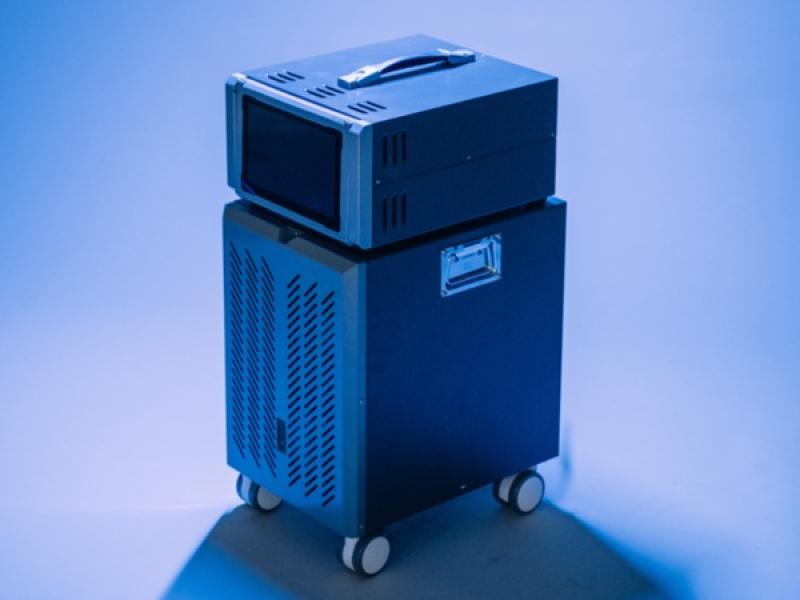
Suncor Energy Inc. (SU-T), a Calgary-based oil and gas producer, refiner and supplier, says it is taking steps toward its climate goals with investments into low-carbon initiatives and finding ways to reduce pollution within its supply-chain.
The owner of Petro-Canada reiterated its target of becoming a net-zero company across Scope 1 and 2 by 2050, and reducing its value chain emissions by 10 megatonnes, or 10 million tonnes, by 2030.
In its 2023 Report on Sustainability and 2023 Climate Report, Suncor outlined how it is updating its emissions reporting methodology to better represent its integrated model, minimizing its environmental impact and how it will work to reduce emissions.
Kris Smith, Suncor’s CFO and executive vice-president of corporate development said in the Report on Sustainability, “The size of our challenges is not insignificant, but we will continue to take action to create a strong company and society.”
Suncor’s 2022 emissions
The Report on Sustainability states, across absolute Scope 1 and 2 greenhouse gas emissions at its wholly-owned-and-operated assets, Suncor emitted 34.96 million tonnes of carbon dioxide equivalent (tCO2e) in 2022, with 33.52 million tCO2e from Scope 1. It is the second-highest combined reported emissions since 2018, only surpassed by 35.19 million tCO2e in 2019.
Its equity Scope 1 and 2 emissions – based on Suncor’s working interest in operated and non-operated assets – were 28.81 million tCO2e in 2022, a 0.8 per cent increase from 2021 and the third-highest figure since 2018.
In its climate report, Suncor’s Scope 3 emissions were reported to be divided between use of sold products, fuel and energy-related activities, and processing of sold products. Its use of sold products Scope 3 emissions were tabulated at 211 million tCO2e, while its fuel and energy-related activities and processing of sold products emissions were both between five million to 10 million tCO2e.
Need additional info about measurement terms in this article? Our SustainableBiz.ca Measurements Guide can help
The 2022 greenhouse gas intensity from production of liquid hydrocarbons, also covering Scopes 1 and 2, matched the lowest figure since 2018, with 0.26 tonnes of carbon dioxide equivalent per cubic metre of liquid hydrocarbon.
To gain a clearer picture of its emissions, Suncor says it amended its reporting framework to “capture total production as the sum of all liquid hydrocarbons produced from our business activities.” By this measure, its corporate greenhouse gas intensity values are lower than previously reported while absolute emissions figures remain the same.
This change better fits its integrated model and ownership of the Syncrude Project in 2021, the climate report states.
How Suncor plans to reduce its emissions
Suncor plans to achieve its climate targets for 2030 and 2050 with fuel switching, energy efficiency and carbon capture and storage (CCS), and growing its businesses in low-carbon power, renewable fuels and low-carbon hydrogen.
From 2021 to 2025, Suncor expects to spend approximately 10 per cent of its annual budget on average for projects aimed at lowering emissions and advancing low-carbon energy offerings. It allocated approximately $540 million in 2022, or 11 per cent of its total capital, to low-carbon initiatives.
Most of the funding went to its Base Plant Cogeneration project, where Suncor is replacing coke-fired boilers with energy efficient natural gas-fired cogeneration units. This is expected to reduce the greenhouse gas intensity by around 75 per cent compared to the coal-fired power plants it is replacing.
To achieve its 2030 goal of reducing value chain emissions by 10 megatonnes, the company expects most of its efforts to come from low-carbon power and fuels, and the remainder from CCS, energy efficiency and fuel switching. These could account for up to 14 megatonnes of greenhouse gas reduction, Suncor said.
For low-carbon power, Suncor notes the Base Plant Cogeneration project and its build-up of a renewable power portfolio which it sold in January 2023 to focus on renewable fuels and hydrogen. It may procure renewable power through power purchase agreements, Suncor adds.
To address supply-chain emissions, Suncor said it will work with suppliers to reduce their greenhouse gas emissions and supports its customers with their search for low-carbon energy choices.
Other climate and environmental policies
- Testing hydrogen fuel for heavy-duty transport as part of the Alberta Zero Emissions Truck Electrification Collaboration (AZETEC) project.
- Collaboration with partners like Canadian Council for Sustainable Aviation Fuels and the Pathways Alliance.
- Integrates climate-related risks to assets, activities and operations such as climate scenarios and physical risks.
- Climate performance shares, which incentivize executive compensation to meeting sustainability performance, were introduced for the first time in 2022.










